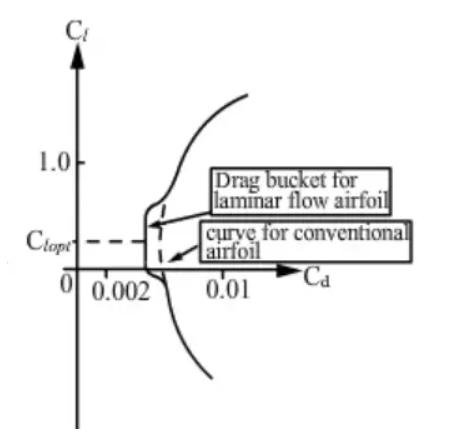ortac wrote:
Jarvis, I understand what you are saying now, but ultimately a descent and adding excess power are aerodynamically equivalent, no? They both provide an extra force in the thrust vector direction. One is gravity, the other is engine thrust. But otherwise, aerodynamically equivalent.
Only that the force of gravity comes with no losses or adverse affects. They are definitely not equivalent. This thing (step or no step) is about increasing the total energy of the aircraft, and how to do that most efficiently. Using the engine to climb is the most efficient way of increasing the energy, and using gravity as thrust is the most efficient way of increasing speed. This is what the video shows. Climbing and descending is more efficient than accelerating at constant altitude, it’s just that you have to deviate from the shortest distance to do it. As I see it this could go either way, depending on aircraft, available power, how far above you climb etc. There is nothing in physics that say they would end up using the same alt and the same speed in the end. This is not about conservation of energy, its about increasing energy.
A descent is equivalent (from the plane’s POV) to flying in rising air, but I still don’t see anything which could produce two stable speeds for a given thrust value.
LeSving… When you get a chance, I would love to hear your explanation of the dangers of turning out of the wind… 
AnthonyQ wrote:
When you get a chance, I would love to hear your explanation of the dangers of turning out of the wind…
Not sure what you mean. When you look at the physics in 3D, as you should (not 2D), it should be obvious for everyone that the one taking the longest path when everything else is equal, has done most work, and clearly is the most efficient. It’s equally obvious as the shortest distance between two point is a straight line. From a physics point of view it doesn’t matter if the detour is up and down or sideways. The energy requirements are equal because point A and point B is at the same alt and gravity is pointing 90 degree on the line from A to B. Thus the only reason the one flying on the “step” is able to catch up to the other, is he is flying more efficient. If he took the detour on the same alt (sideways in the plain), it is equally obvious he would never catch up, and the reason is of course he is not able to utilize any efficiency tricks.
While we drove today, a very learned friend, and retired DHC aerodynamisist discussed flying on the step. I have experienced this in several types and asked for his thoughts. He told me that his former Cessna 140 certainly did this. His explanation was that in the more nose high attitude, there could be a little flow separation near a discontinuity in the airframe, sometimes the wing to fuselage junction (think of the large faring there on the Spitfire). If you pitch down a little, and the plane speeds up, this may reattach, and there is a drag reduction. With this, there is seemingly an increase in airspeed, though rather it is a decrease in drag. This is more prominent on slower, more draggy airframes, with more sleek ones not so susceptible to the flow separation. This would certainly correspond to my observations on several types.
My education for the day, and resulting thought. We drove to the celebration of life for former DHC test pilot George Neal, whom we had both known. George was first licensed in 1936, and flew last June, becoming a Guinness world record holder as the world’s oldest flying pilot. George had been the test pilot for a few of my friend’s aerodynamic innovations.
Surely it’s just the ultimate excuse for when you forget to level out at your planned altitude..
RobertL18C wrote:
This website is a nice companion to Aerodynamics for Naval Aviators and Introduction to Flight by Anderson, it even has the original Carson paper.
Nice! It even has the correct explanation of the “step”.
Airborne_Again wrote:
Nice! It even has the correct explanation of the “step”.
I have to read that article again, but this seems to me to be the same as best rate of descent vs best L/D given a constant power setting?
I have imagined the “step” to be the drag bucket for certain airfoils.

LeSving wrote:
I have to read that article again, but this seems to me to be the same as best rate of descent vs best L/D given a constant power setting?
No, the “step” relates to the fact that a powered aircraft has a minimum power required speed. Both below and above that speed you will require more power. That means that with any higher power setting there will be two speeds with equilibrium. If you find yourself at the lower speed, you can indeed get a higher cruise speed with the same engine power. The observation Rogers makes is that it is very unusual today to be at the lower of these speeds. It will basically only happen if you fly at high altitude where maximum engine power is reasonably close to the minimum power required. It was more likely in the early days of aviation when aircraft were generally underpowered.